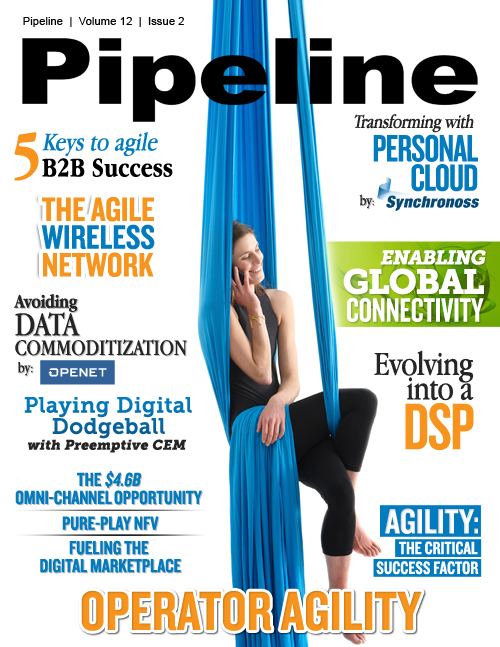Optimizing Profitability with Pure-Play NFV
Shortcuts limit benefits
One of the early applications for virtualization for CSPs is “virtual CPE," or "vCPE,” which addresses the expense and complexity of placing multiple appliances at a customer site.
CSPs eliminate the need for appliances at a customer location by implementing VNFs in a PE router, placing only an Ethernet Access Device (EAD) at the service edge.
This approach yields benefits such as the reduction or elimination of equipment at the customer site and service agility through the use of software. However, if these software-based functions are being hosted on a closed and proprietary appliance, CSPs do not achieve the broader benefits of NFV, such as assembly of software VNF components from different suppliers and the cost advantages of COTS servers.
The need to provide layer 2 Carrier Ethernet functionality led to another shortcut. Most early VNFs are focused at layer 3 functions, such as routing, firewalls, voice applications, etc. However, most CSPs use Carrier Ethernet to deploy services at the edge of the network. Some suppliers combine a physical EAD with a compute engine, as shown in the following diagram.
This approach solves the layer 2 Carrier Ethernet access problem, but it deviates from the ideals of NFV. One limitation is that different EADs are required for different access speeds. Another is that the Carrier Ethernet functionality is implemented in hardware, and can’t be moved to a cloud or data center for those applications.
How can CSPs address these applications while reaping the full benefits of NFV?
Pure-play virtualization
The answer is pure-play virtualization, which is the implementation of all of the networking functions in software running on standard hardware. We can’t virtualize fiber or copper access lines, so physical access is still needed along with the hosting server. However, all of the higher level functions can be implemented in software running on standard COTS servers, including the Carrier Ethernet functionality.
With pure-play virtualization, operators are able to be much more agile. That’s because pure-play virtualization meets the first principle of NFV: software running on standard servers. In doing so, pure-play virtualization allows service providers to place virtualized functions wherever needed to meet the requirements of any given service.
Use COTS servers for hosting
With pure-play virtualization, all higher-level networking and protocol functions are implemented in software, allowing them to be hosted on any COTS server. CSPs then can take advantage of Moore’s Law improvements in cost and speed, and they can pick the appropriate server for any given application.
Build services from best of breed VNFs
Pure-play virtualization decouples the hardware and software functions, so CSPs can choose VNFs based on the best cost and performance, and then assemble them to create innovative services. They are no longer tied to buying hardware and software from the same supplier.





















